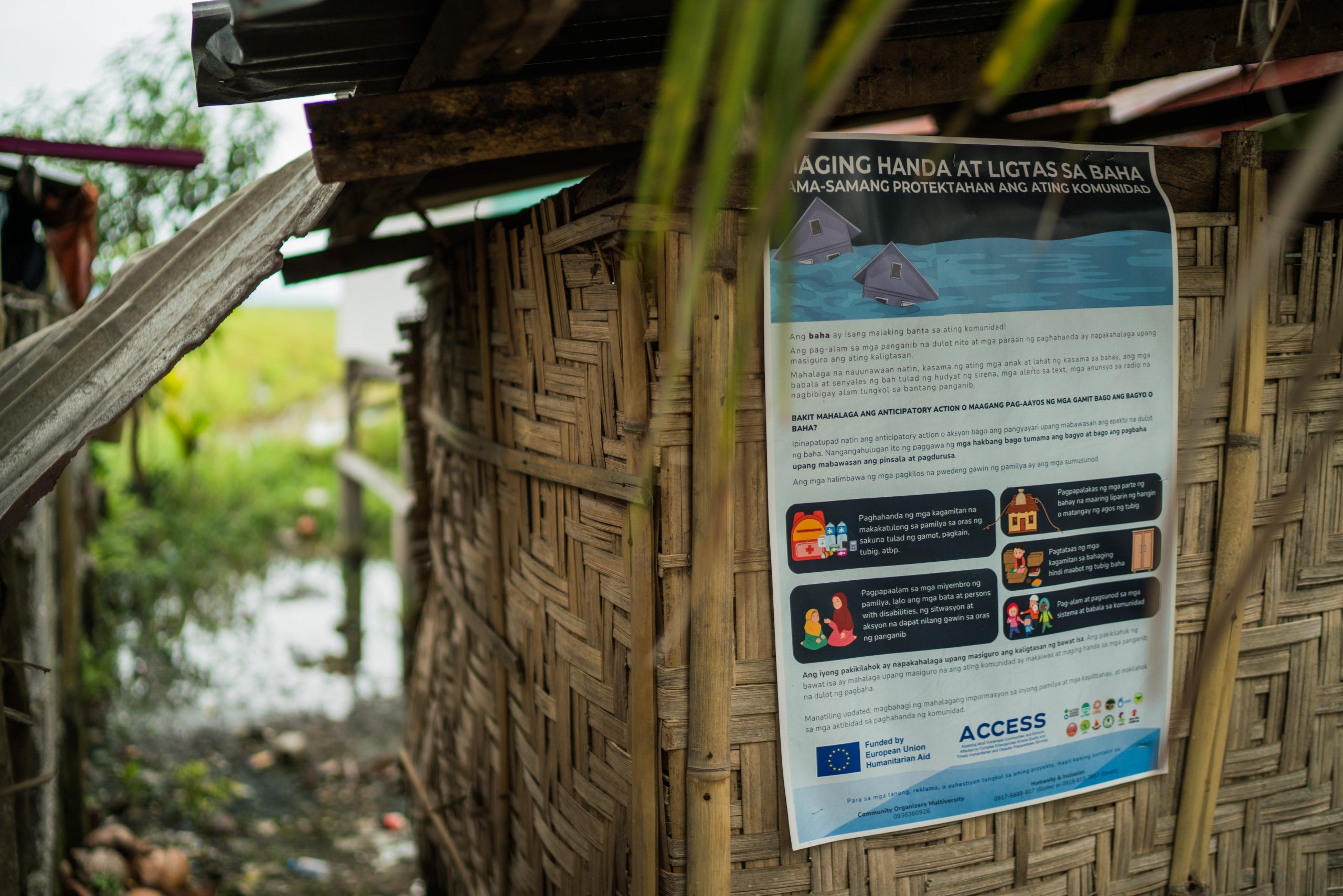Volunteers Bring Psychological First Aid to Earthquake Survivors
In the aftermath of disasters, one of the biggest impacts is often invisible: trauma.
Following the magnitude 6.9 earthquake that hit Cebu, Philippines late in the evening of September 30, 2025, life has moved primarily outdoors for fear that aftershocks would topple homes and buildings.
Days later, residents affected by the destructive tremor – one group huddled under a tent, another by the roadside – gathered to tell stories. A child talked about losing a best friend, and the many plans they still had together. “I hope this is over soon,” said another, referring to the aftershocks, now numbering over 10,000. Witnessing the death of neighbors up close, some cried, others laughed nervously, perhaps as a way to cope.
Among those listening to them is Betcheba Ellorico Prochina, an educator by profession, and one of several volunteers – teachers, a social worker, and psychiatrists – who made the journey to Bogo City, Cebu from Agusan del Sur in northeastern Mindanao to provide psychological first aid (PFA) to communities affected by the quake.
A teacher’s calling: traveling miles to bring care, expecting no reward
Betcheba and the rest of the volunteers were trained in PFA in 2023 by an EU Humanitarian Aid-funded project called REACH, implemented by ACCORD, CARE, and partners.
That same year, they put their training into action when a 6.8 magnitude earthquake hit Sarangani in November 2023. ACCESS, another EU-funded action also led by ACCORD, CARE, and partners, sent out a call for volunteers to provide PFA to affected families.
The trip from Agusan del Sur to Sarangani was long – more than eight hours by land – and the task was emotionally demanding, but Betcheba had no second thoughts: “Volunteering is good for the heart,” she says. “We’re not psychologists, but through our simple way of delivering PFA, we were able to ease their psychological burden.”
In Cebu, trapped in traffic gridlock for hours, one song kept playing in her head: “Yes, I’m a teacher; I must brave all the roaring waves and the fury of the river and windy seas; I must climb on up the mountains and hills where children there wait for my love and care.”
What is psychological first aid?
“Before, people focused only on first aid for physical wounds and often neglected one of the most important aspects of our lives: our psychological and emotional well-being,” Betcheba explains. “Like a physical wound, if left unattended, it can worsen. For people who have experienced trauma, PFA helps them bounce back and regain a positive outlook.”
The sessions are designed to help participants process their experiences and emotions. Volunteers use games, songs, and simple activity sheets to help participants recognize and express their feelings. With gentle encouragement and non-judgmental listening, conversations begin to flow, and the weight of trauma can start to lift. Participants also learn practical tools such as breathing exercises to manage stress.
The volunteers knew their visit was only the first step, and that ongoing support would be crucial, especially for children and older persons, whose trauma might manifest in subtler ways.
Says Betcheba, “Volunteering is one way of destressing myself by destressing others. I’m glad that, if only for a short while, we helped take their minds off their worries.”
Local capacity building promotes fast, sustainable emergency response
Betcheba and the volunteers’ story is testament to the lasting impact of empowering local actors. Trained under a previous project, they consistently step up to serve other communities during new emergencies, a clear ripple of positive change extending well beyond the project’s timeline.
ACCESS is a multi-year, multi-sectoral project funded by the European Union Humanitarian Aid and implemented by a consortium of 14 local and international organizations: ACCORD, Action Against Hunger Philippines, CARE Philippines, Community Organizers Multiversity (COM), Humanity & Inclusion Philippines, Integrated Mindanaons Association for Natives (IMAN), Kadtabanga Foundation for Peace and Development Advocates, Mindanao Organization for Social and Economic Progress (MOSEP), Oxfam Pilipinas, People’s Disaster Risk Reduction Network (PDRRN), Plan International Pilipinas, Save the Children Philippines, United Youth for Peace and Development (UNYPAD), and United Youth of the Philippines – Women (UnYPhil-Women).


































